- News
- Reviews
- Bikes
- Components
- Bar tape & grips
- Bottom brackets
- Brake & gear cables
- Brake & STI levers
- Brake pads & spares
- Brakes
- Cassettes & freewheels
- Chains
- Chainsets & chainrings
- Derailleurs - front
- Derailleurs - rear
- Forks
- Gear levers & shifters
- Groupsets
- Handlebars & extensions
- Headsets
- Hubs
- Inner tubes
- Pedals
- Quick releases & skewers
- Saddles
- Seatposts
- Stems
- Wheels
- Tyres
- Tubeless valves
- Accessories
- Accessories - misc
- Computer mounts
- Bags
- Bar ends
- Bike bags & cases
- Bottle cages
- Bottles
- Cameras
- Car racks
- Child seats
- Computers
- Glasses
- GPS units
- Helmets
- Lights - front
- Lights - rear
- Lights - sets
- Locks
- Mirrors
- Mudguards
- Racks
- Pumps & CO2 inflators
- Puncture kits
- Reflectives
- Smart watches
- Stands and racks
- Trailers
- Clothing
- Health, fitness and nutrition
- Tools and workshop
- Miscellaneous
- Buyers Guides
- Features
- Forum
- Recommends
- Podcast
review
£3,199.99
VERDICT:
A great handling race bike with aero features offering plenty of value, but the fork lacks stiffness
Weight:
7,830g
Contact:
At road.cc every product is thoroughly tested for as long as it takes to get a proper insight into how well it works. Our reviewers are experienced cyclists that we trust to be objective. While we strive to ensure that opinions expressed are backed up by facts, reviews are by their nature an informed opinion, not a definitive verdict. We don't intentionally try to break anything (except locks) but we do try to look for weak points in any design. The overall score is not just an average of the other scores: it reflects both a product's function and value – with value determined by how a product compares with items of similar spec, quality, and price.
What the road.cc scores meanGood scores are more common than bad, because fortunately good products are more common than bad.
- Exceptional
- Excellent
- Very Good
- Good
- Quite good
- Average
- Not so good
- Poor
- Bad
- Appalling
There's a lot to like about the new Vitus ZX1. It's a fast, smooth and fantastic handling carbon race bike offering good value for money in a race-ready package, but the fork lacks outright stiffness and it's a bit heavy.
- Pros: Great handling, smooth, fast, good value for money
- Cons: Fork lacks stiffness, a bit heavy, slipping seatpost
Under the ownership of Wiggle/CRC, Vitus is a brand reborn. Its heyday was in the latter part of the last century and its reign culminated in one of the earliest carbon fibre monocoque race bikes in 1991. That bike was called the ZX1 and it's been brought back to life with a thoroughly contemporary design that certainly looks good on paper.
Performance
My overwhelming impression of the ZX1 is of a thoroughly capable race bike with superb handling, but there are a few minor gripes that just take the shine off.
That it's fast isn't in doubt, but what's really impressive is the handling and well-weighted steering. Here is a race bike that feels very stable, putting you right at ease when travelling at high speeds. Whether carving through a series of fun turns or weaving through a fast-moving peloton, the ZX1 is rock solid.
As befits a bike with racing intentions, the ZX1 has geometry numbers that lean towards the pointy end of the chart. The 56cm test bike sports a short 155mm head tube ensuring a low handlebar position ideal for racing along, with a generous 563mm top tube. I found the fit and position bang-on for both long, relaxed rides and short, fast blasts, though it helps if you're happy contorting your body into a flat back/head down position.
Testing aerodynamics is nigh-on impossible without a wind tunnel, but in the real world using power data and seat of the chamois impressions, it's clear the ZX1 is a fast bike. It's not in the same league as out-and-out aero bikes like the Trek Madone, Canyon Aeroad or Orbea Orca; I'd put it in the same camp as the new Specialized Tarmac SL6, a regular road bike with some aero gains rather than a full-blooded aerodynamic race bike.
To really put the bike through its paces, as well as miles and miles of local roads taking in hills and undulating terrain, I opted to use it in a road race recently. Would it shine or would any weaknesses be exposed in the cut and thrust of a very fast race? And would I win or get dropped? (Neither, as it happened.)
On the whole, the ZX1 was thoroughly competent. The handling ensured it was easy to control through the corners and in a dynamically changing peloton. It was fast and the power transfer from the evidently stiff frame was a bonus when the pace heated up. Though comfort isn't a massive consideration in a road race, the ride was smooth and it coped with rough patches of tarmac and potholes well.
It's only the second time I've raced with disc brakes, but the first on a long open road race circuit. They made adjusting speed a doddle compared to the occasional screeching of cork pads on carbon rims when braking from high speed into a slow corner, and give a great feeling of control. And there were no issues with adjusting speed when sitting very close to a wheel in front either.
What wasn't so good was the front disc brake rub when climbing and sprinting out of the saddle, especially when putting a lot of energy through the handlebar. This noise of the pads contacting the rotor is clearly attributed to a lack of stiffness in the fork. Not since an early generation disc brake road bike with quick release axles have I experienced such noticeable rubbing.
> Buyer's Guide: 12 of 2018’s hottest disc brake-equipped race bikes
It's also possible to feel a lack of stiffness through the handlebar from the front end when really hammering along: a hint of softness when what you want in those moments is absolute sharpness.
Even ensuring the thru-axle lever was extremely tight to minimise any potential movement, there was noticeable rubbing when really going for it, especially pushing the handlebar from side to side. There's the obvious concern that it's robbing you of power and speed at those moments when you can least afford it, but also the annoying sound it makes. It's far from ideal.
Away from racing and tackling my local hilly routes, the other concern is that at 7.8kg the ZX1 is a little on the heavy side. Granted, it's roughly in the ballpark when you compare it to, say, the BMC TeamMachine Disc SLR01 or Canyon Ultimate CF SLX Disc, but up against the recently reviewed Rose X-Lite Six Ultegra Di2 it's giving away a full 800g. The Rose is similarly specced with Ultegra but admittedly pricier because of the posh wheels, which have more or less the same claimed weight as the Prime wheels on the Vitus anyway, but goes to show the ZX1 could stand to lose a little weight.
Frame design
The new ZX1 has been several years in development and features an aerodynamic frame with Kammtail shaped tube profiles, a fork crown recessed into the frame, an aero seatpost and internal cable routing to reduce drag. There's no aerodynamic data from Vitus but the basics of aerodynamics in road bike design are pretty well understood these days, and Vitus appears to have done its homework well.
The frame is made from high modulus T700 carbon fibre with a full carbon fork, and to beef up the stiffness there's an asymmetric press-fit bottom bracket, which allows the chainstay profiles to be fully optimised for maximum lateral stiffness. The frame is finished in a very muted black paint job with glossy decals – great if you like this sort of appearance but an injection of colour might be nice to make it 'pop' a bit more.
In the interests of comfort there's a skinny 27.2mm diameter seatpost to allow a bit of flex at the saddle. A regular external seat clamp reminds me how easy it used to be to adjust the saddle height before fiddly integrated clamps became a thing. That said, the external clamp doesn't look as clean or modern as other road bikes that have concealed the clamp mechanism. I also had to liberally apply some carbon assembly paste to stop the post slipping on the first ride.
Vitus has committed to disc brakes; there is no rim brake version to be seen in the range. Modern standards are adhered to, so it's 12mm thru-axles front and rear and flat mount callipers. I'm not personally a fan of the axle levers Vitus has opted for, I don't think they work as well or look as nice as alternatives used by other bike brands.
Using disc brakes provides generous tyre clearance, and there's easily space for 28mm tyres between the fork blades and rear stays if you find the stock 25mm tyres don't provide enough cushioning for your local roads.
Build and equipment
The ZX1's affordability is one of the big attractions. It's offered in three Shimano builds, from 105 (£1,999.99) to Dura-Ace (£4,199.99), but this Ultegra Di2 specced bike is probably the pick of the bunch.
You get the latest R8000 Di2 groupset which closely mirrors Dura-Ace in performance if not in weight, with the new Ice-Tech Freeza disc rotors providing superb retardation with no issues around overheating and, for me anyway, no noise to speak of.
I'm a fan of a good mechanical groupset, and the latest Shimano offerings are all precision and lightness and loveliness, but for racing I'd probably lean towards the advantage offered by Shimano's electronic Di2 groupset. Gear changes come easily and quickly when you're in the heat of a race, but it's a shame the (hidden) buttons in the top of the hoods haven't been set up for more shifting options.
I reckon the 52/36t chainset is ideal for everything from relaxed cruising in the hills to flat chat racing; only the very fastest race circuits would find the top-end lacking – 99 per cent of the time it's ideal. And an 11-28t cassette ensures you're not going to be left floundering if your route takes you into the hills either.
Wheels and tyres
Befitting its race-ready credentials are the Prime Carbon RP50 carbon fibre tubeless wheels. Prime is CRC/Wiggle's in-house brand and there's nothing bad to say about them at all. The rim profile is the modern rounded shape that ensures good stability in a range of wind angles, though I found serious crosswinds exposed a fair amount of buffeting. The majority of the time, though, they were flawless.
As mentioned they are a tubeless-ready rim, and Vitus not only shipped the bike with Schwalbe Pro One 25mm tubeless tyres, but they were installed with sealant and the special valves required of a sans-inner tube setup. Inflated to around 75-80psi, the tyres' performance, once scrubbed in a bit, offered exceptional performance. I did have to top the air pressure up more often than normal but nothing out of the realms of acceptability.
Needless to say, I suffered no flats during my time riding the ZX1 and inspection of the tyres shows no marks or cuts from several hundred miles of riding on tough and unrelenting roads.
Finishing kit
Vitus has even found the budget to fit some decent branded finishing equipment. A Ritchey Road Comp Streem II handlebar isn't my favourite shape when riding on the flats, but on the hoods and in the drops it's a comfortable and easy to reach bar. There's not much to say about the Ritchey Comp 4-Axis stem really: it fulfilled its one obligation faultlessly, as did the ZX1 carbon fibre aero seatpost.
It's nice to see a top quality saddle like the Fizik Antares R5 being specced as well. It's a shape that most people will be able to get on with, but if not you should be able to move it on easily enough to pay for a replacement.
All that for just over £3k, when even the Canyon comparison will cost you £3,800 for an Ultimate CF SLX with mechanical Ultegra and Mavic Cosmic wheels. That shows the buying muscles of the CRC/Wiggle group and how seriously it wants to be taken by the cost-conscious customer.
> Buyer's Guide: 15 of the best aero road bikes
Conclusion
In summary, the Vitus ZX1 represents excellent value for money and if you can forgive the minor gripes there's a lot to like from this great handling and fast road bike, whether you're just riding or want to get into racing.
Verdict
A great handling race bike with aero features offering plenty of value, but the fork lacks stiffness
road.cc test report
Make and model: Vitus ZX1 CRi Aero Disc Ultegra Di2
Size tested: 56cm
About the bike
State the frame and fork material and method of construction. List the components used to build up the bike.
Frame: High Modulus T700 Carbon, 142x12mm TA
Fork: Full Carbon, 100x12mm TA
Chainset: Shimano Ultegra 8000, 52-36T
Headset: Ritchey Comp Logic Zero Drop In, 1-1/8"
Bottom Bracket: Shimano press-fit, BB71
Brake/Shift Levers: Shimano Ultegra Di2
Front Derailleur: Shimano Ultegra Di2
Rear Derailleur: Shimano Ultegra Di2, 11-speed
Cassette: Shimano Ultegra R8000 11-28T, 11-speed
Chain: KMC X11
Wheelset: Prime Carbon RP50
Tyres: Schwalbe Pro One MicroSkin TL-Easy 28c 700x28c
Brakeset: Shimano Ultegra hydraulic disc brakes, RS8070 160/160mm rotors
Handlebar: Ritchey Road Comp Streem II
Stem: Ritchey Comp 4-Axis
Seatpost: ZX1 Carbon
Saddle: Fizik Antares R5
Tell us what the bike is for
Vitus says, "The Vitus ZX1 is back, aero inspired, for maximum speed and efficiency.
First introduced by Vitus in 1991, the ZX1 Road Bike is back in the game and it's lighter, faster, and better than ever. Updated for aerodynamic efficiency and disc brakes, the ZX1 is a fast racing bike. Featuring a complete Shimano Ultegra Di2 11-speed transmission, Shimano hydraulic disc brakes, Prime Carbon RP50 wheelset, and quality finishing kit, the ZX1 CRi Aero Disc Bike is engineered for racing.
Aerodynamic and Stable Carbon Frameset
The ZX1 CRi Aero Disc Bike utilises Kammtail tube profiles. This design process squares off the trailing edge of the tube, which is proven to increase comfort without diminishing rigidity. This lightweight carbon frameset also offers excellent stability in cross winds, without sacrificing the aerodynamics of teardrop wing style designs. The oversized, asymmetric bottom bracket helps to maximise lateral stiffness.
Hydraulic Disc Brakes
The ZX1 incorporates disc brakes across the range; disc brakes keep the air flow clean around the import areas around rims and tyres, and compliment the aesthetics of the frame. Using 12mm bolt through axles to give a direct and connected feel to the steering, and a stable and efficient power delivery.
Rce-ready Carbon Road Bike
The ZX1 CRi Aero Disc Bike is built for speed. It's ready to race. The electronic 11-speed drivetrain works flawlessly. Prime's 50mm carbon clinchers spin smoothly and effortlessly. The ZX1 CRi Aero Disc Bike will help you solo to victory and reach the top step of the podium."
Frame and fork
Overall rating for frame and fork
7/10
Tell us about the build quality and finish of the frame and fork?
It's a well-finished frame and fork, if not quite as premium as some other bike brands manage.
Tell us about the materials used in the frame and fork?
High Modulus T700 Carbon.
Tell us about the geometry of the frame and fork?
Typical race bike numbers for a long and low position.
How was the bike in terms of height and reach? How did it compare to other bikes of the same stated size?
I found the fit and reach good.
Riding the bike
Was the bike comfortable to ride? Tell us how you felt about the ride quality.
Yes it's a surprisingly smooth ride.
Did the bike feel stiff in the right places? Did any part of the bike feel too stiff or too flexible?
Plenty of lateral stiffness when sprinting, but the fork lacks stiffness when really going for it.
How did the bike transfer power? Did it feel efficient?
Very well.
Was there any toe-clip overlap with the front wheel? If so
None.
How would you describe the steering? Was it lively Stable.
Tell us some more about the handling. How did the bike feel overall? Did it do particular things well or badly?
Handling was a highlight, it's really stable and measured.
Which components had the most effect (good or bad) on the bike's comfort? would you recommend any changes?
Shimano Ultegra Di2 is an impressive groupset; it really is flawless, and the wheels with tubeless tyres impressed too.
Which components had the most effect (good or bad) on the bike's stiffness? would you recommend any changes?
I'm not a fan of the shape of the handlebar tops personally, but that's an easy change.
Rate the bike for efficiency of power transfer:
7/10
Rate the bike for acceleration:
7/10
Rate the bike for sprinting:
6/10
Rate the bike for high speed stability:
8/10
Rate the bike for cruising speed stability:
8/10
Rate the bike for low speed stability:
7/10
Rate the bike for flat cornering:
7/10
Rate the bike for cornering on descents:
8/10
Rate the bike for climbing:
5/10
The drivetrain
Rate the drivetrain for performance:
8/10
Rate the drivetrain for durability:
8/10
Rate the drivetrain for weight:
7/10
Rate the drivetrain for value:
8/10
Wheels and tyres
Rate the wheels for performance:
7/10
Rate the wheels for durability:
7/10
Rate the wheels for weight:
6/10
Rate the wheels for comfort:
7/10
Rate the wheels for value:
8/10
Rate the tyres for performance:
7/10
Rate the tyres for durability:
7/10
Rate the tyres for weight:
7/10
Rate the tyres for comfort:
7/10
Rate the tyres for value:
7/10
Controls
Rate the controls for performance:
6/10
Rate the controls for durability:
6/10
Rate the controls for weight:
6/10
Rate the controls for comfort:
6/10
Rate the controls for value:
6/10
Your summary
Did you enjoy riding the bike? Yes
Would you consider buying the bike? Maybe
Would you recommend the bike to a friend? Maybe
Rate the bike overall for performance:
7/10
Rate the bike overall for value:
7/10
Use this box to explain your overall score
The Vitus offers good value for money; compared to many rivals you get a lot of bike and equipment. It's a good choice for racing and fast riding, but the lack of fork stiffness takes some of the shine off an otherwise impressive package.
About the tester
Age: 31
I usually ride: My best bike is:
I've been riding for: 10-20 years I ride: Every day I would class myself as: Expert
I regularly do the following types of riding: road racing, time trialling, cyclo-cross, commuting, touring, mountain biking
David worked on the road.cc tech team from 2012-2020. Previously he was editor of Bikemagic.com and before that staff writer at RCUK. He's a seasoned cyclist of all disciplines, from road to mountain biking, touring to cyclo-cross, he only wishes he had time to ride them all. He's mildly competitive, though he'll never admit it, and is a frequent road racer but is too lazy to do really well. He currently resides in the Cotswolds, and you can now find him over on his own YouTube channel David Arthur - Just Ride Bikes.
Latest Comments
- Born_peddling 4 hours 3 min ago
Muddyfox tour 100's I've wide & flat feet plus there's the optional choice of using cleats with them...
- Prosper0 3 hours 57 min ago
Just doing the Lord's work in case anyone's interested in this product. This Mucoff Pump is a £100 rebrand of an £85 Rockbros rebrand of a £60...
- mdavidford 4 hours 42 min ago
You forgot ignoring half the race to show awkward interviews with the riders' Proud Parents™ instead.
- mdavidford 4 hours 46 min ago
Obviously it means 'springing out of the bunch' on a critical sector. Or maybe it's referring to the time of year.
- David9694 5 hours 33 min ago
Car crashes through garden wall for second time in 18 months https://www.wiltshire999s.co.uk/car-crashes-garden-second-time/
- David9694 5 hours 35 min ago
Woman taken to hospital after flipping car onto roof in Trowbridge...
- A V Lowe 6 hours 17 min ago
Its blindingly obvious from the image that the DKE of the buses include the mirrors which extend to nearly reach the edge of the tarmac pavement on...
- Sredlums 6 hours 50 min ago
It's sad when being very good at your job - any job - isn't enough to earn a decent living. It shouldn't be that way....

































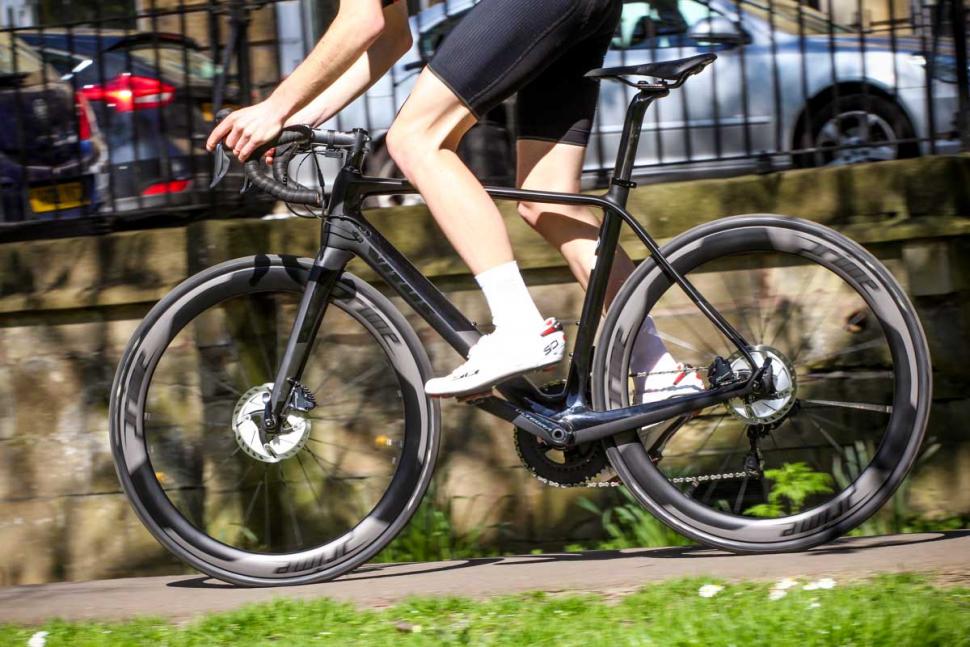
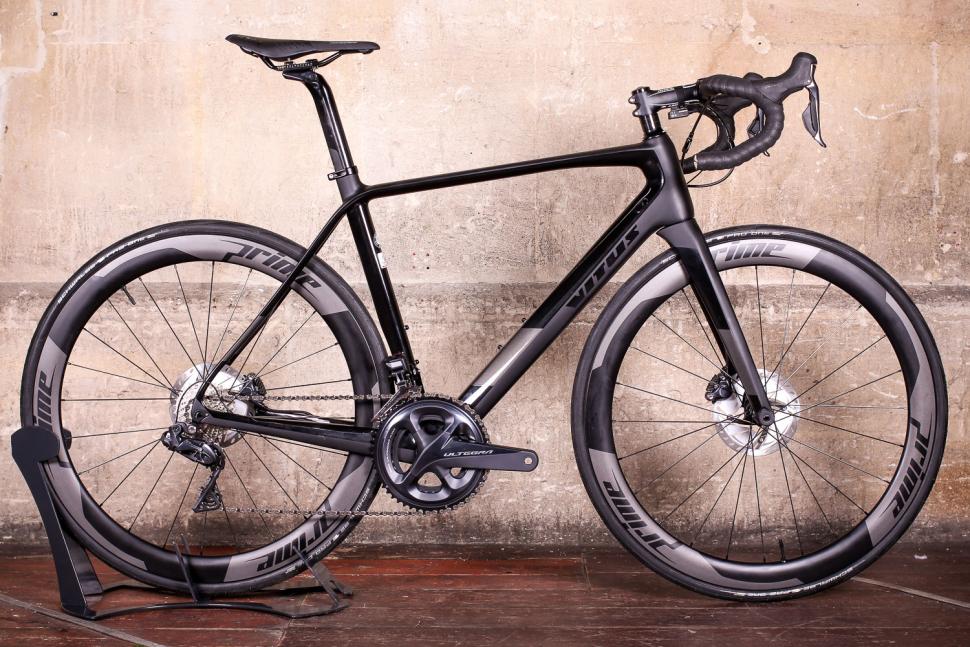

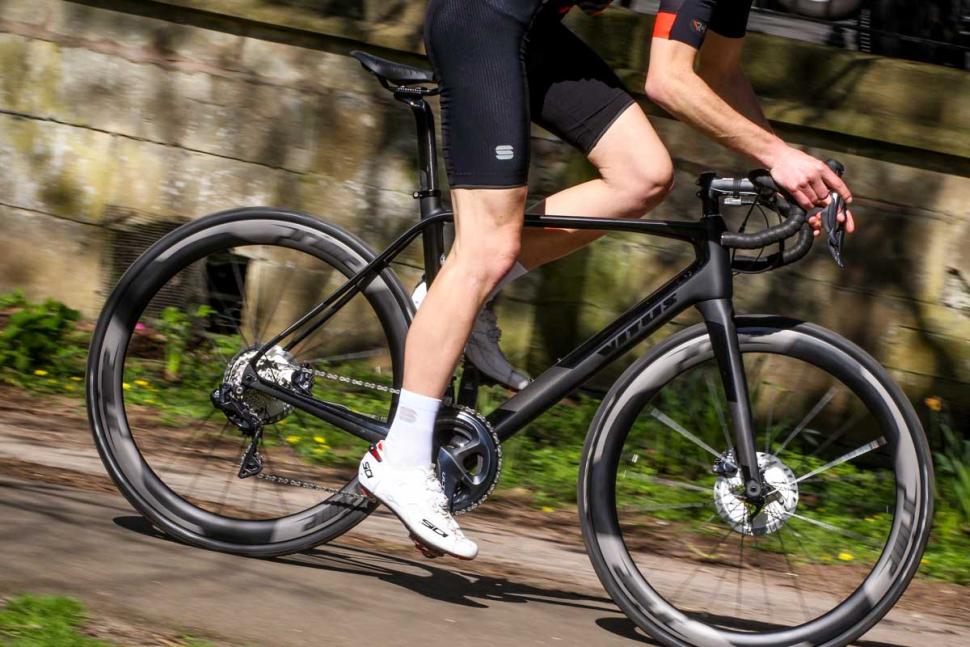

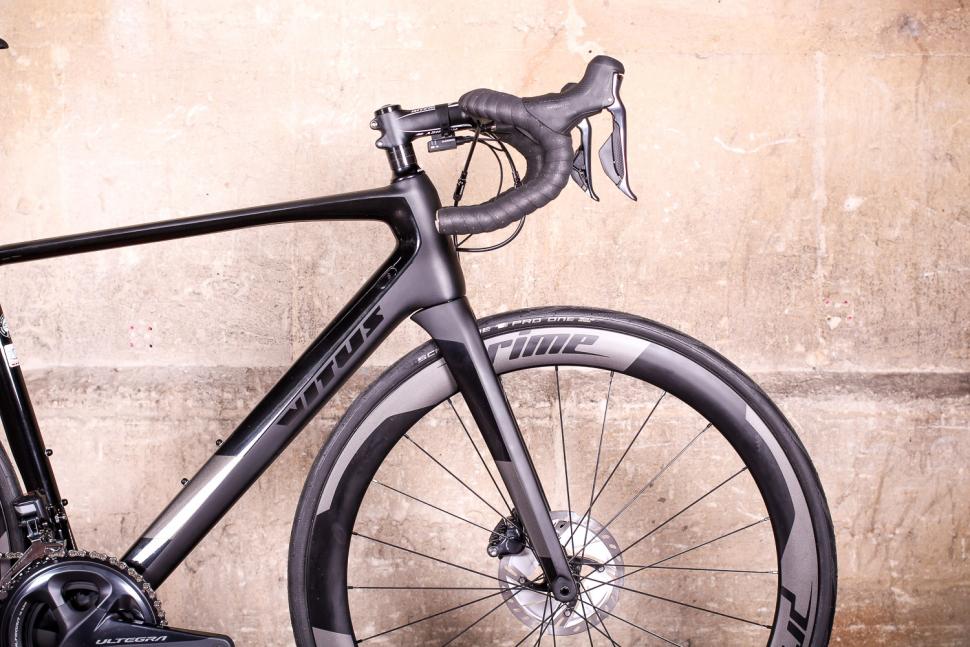
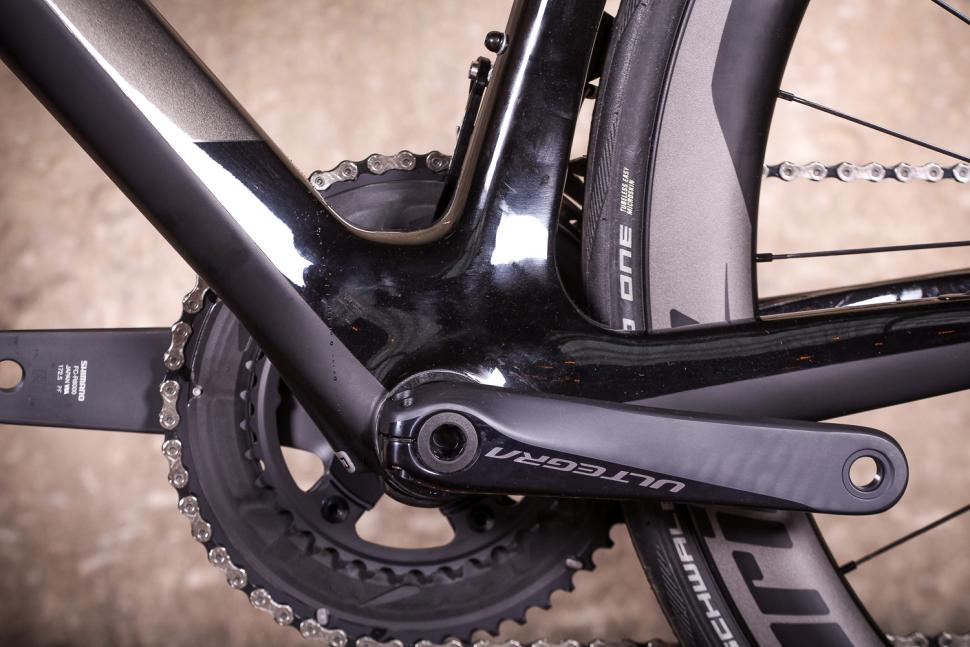
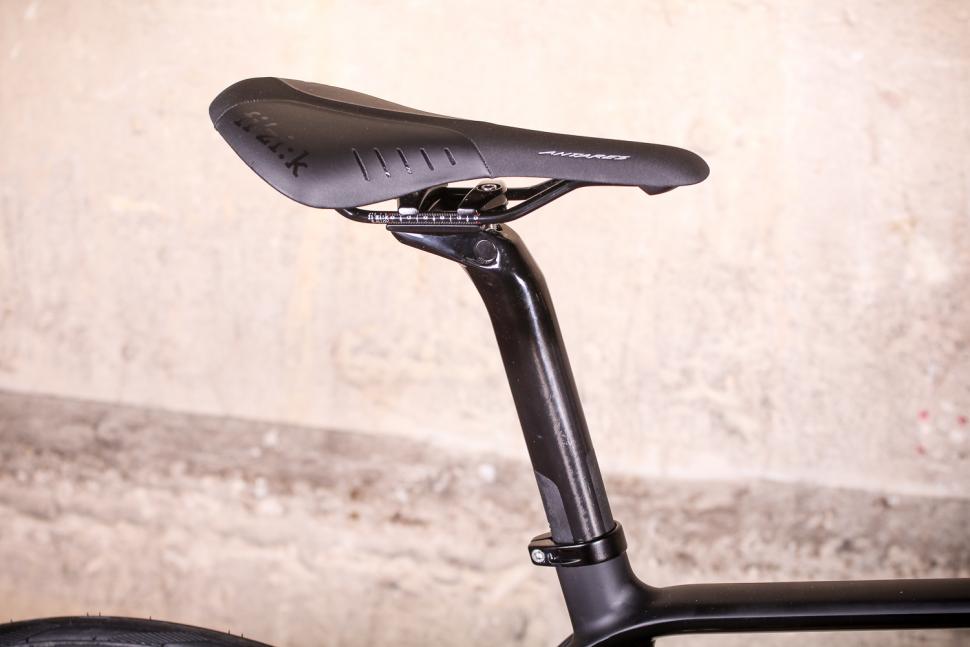
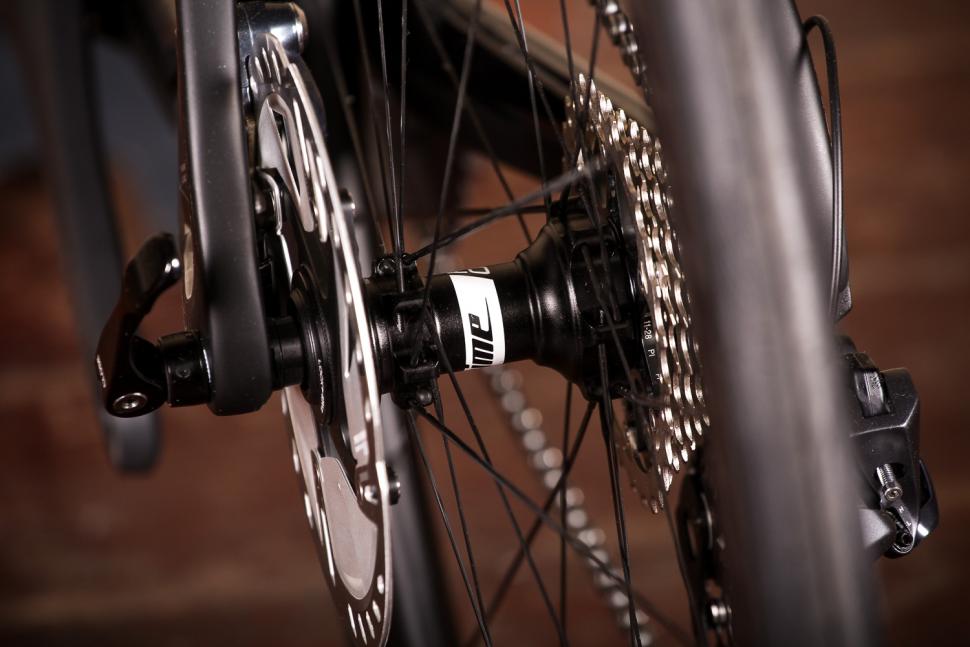
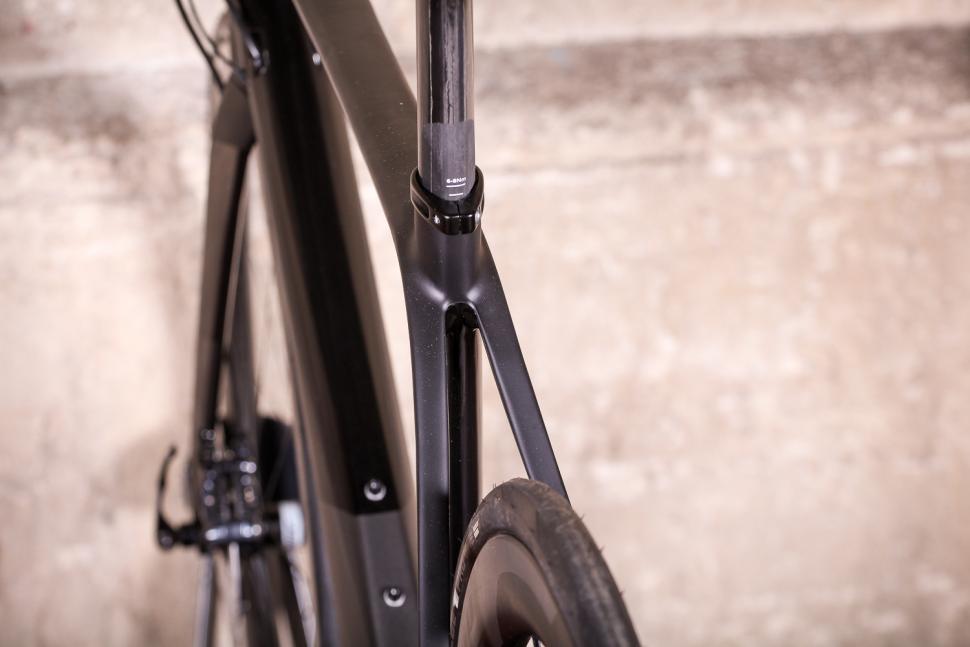
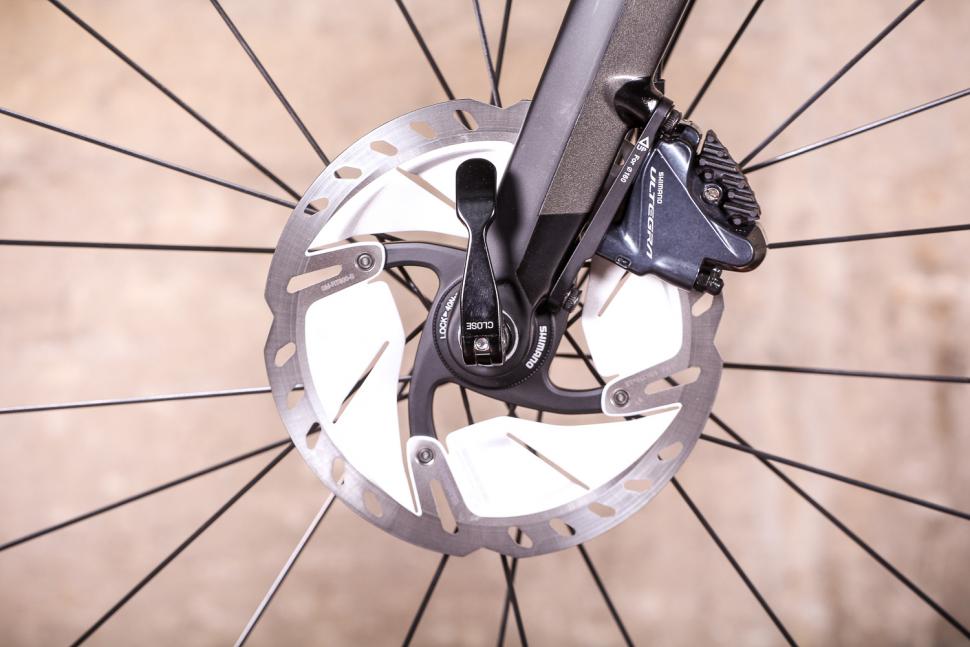
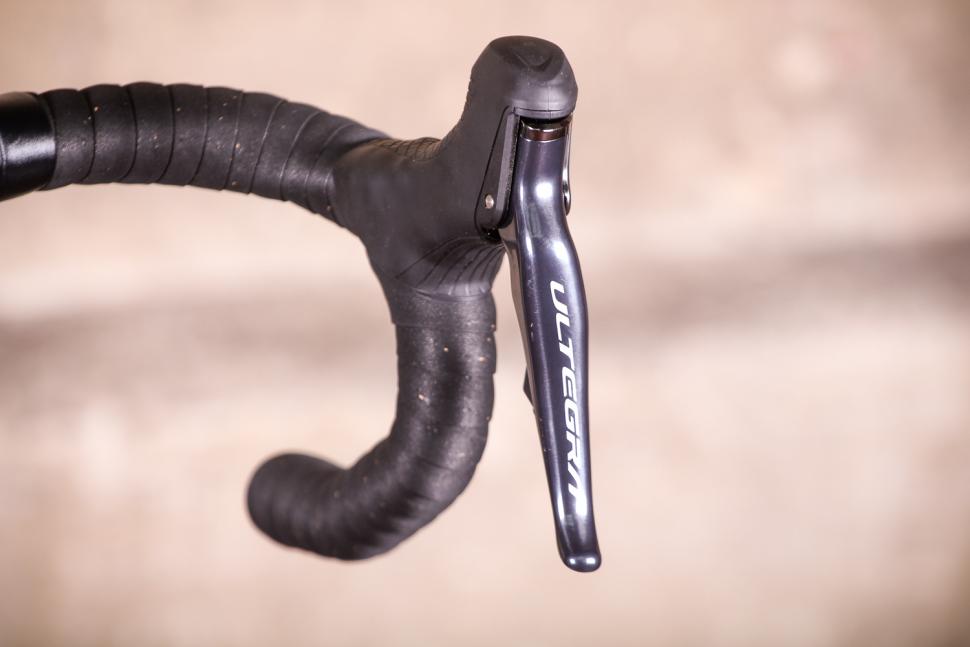

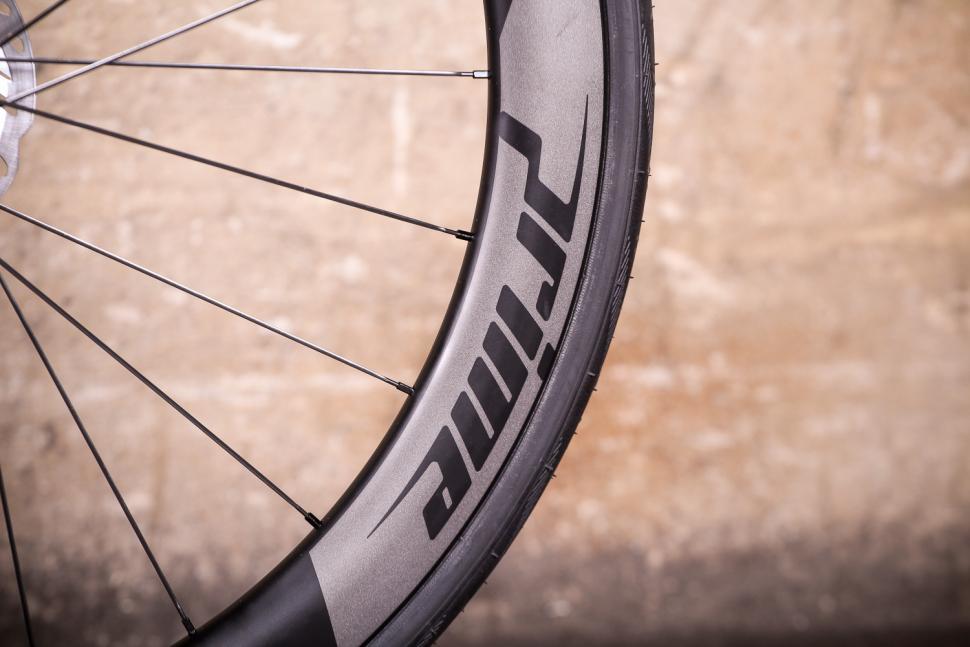
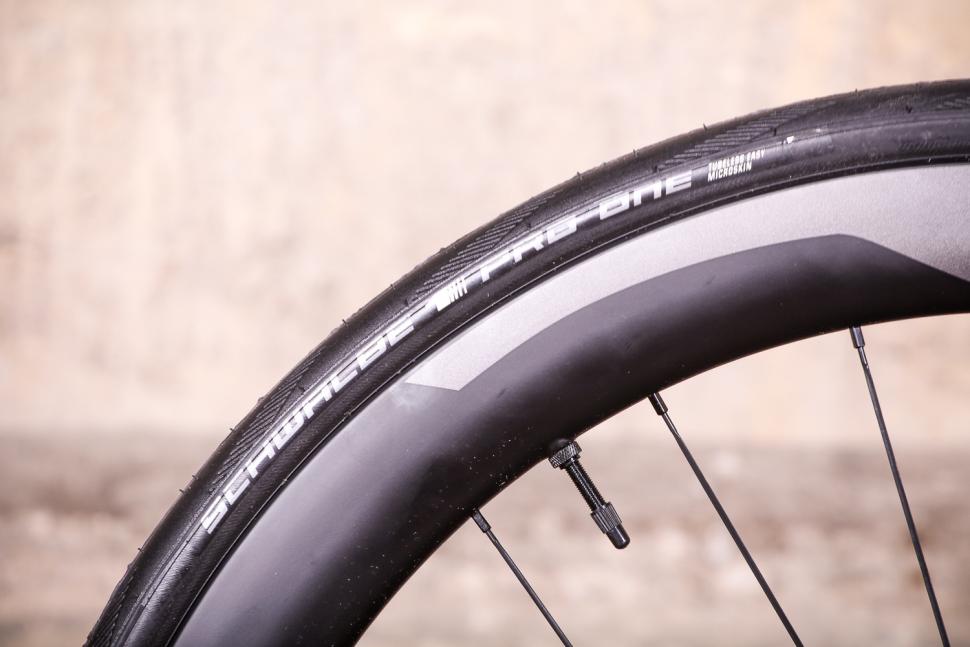

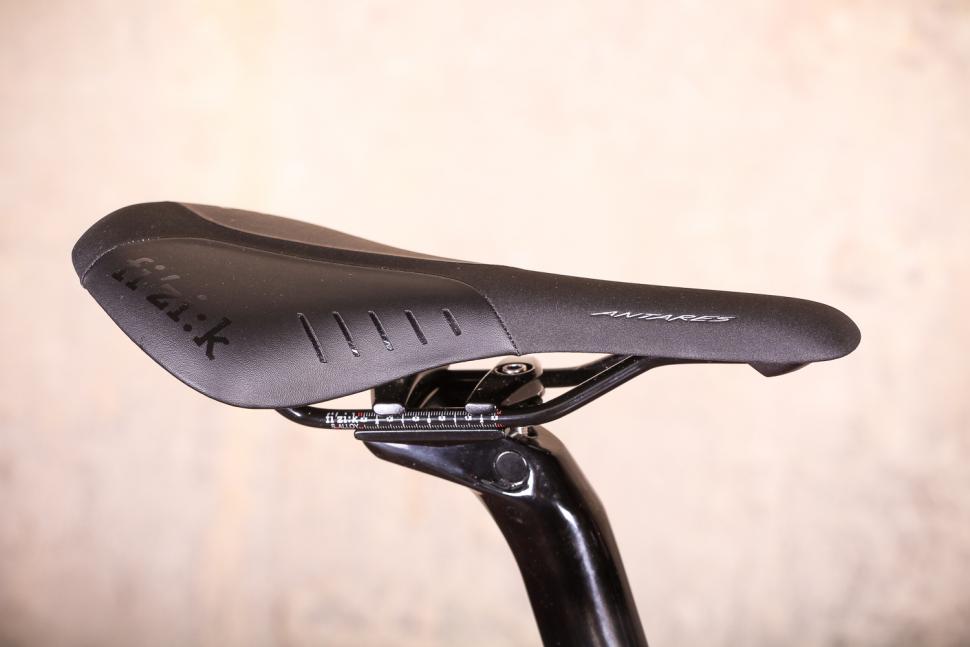




Add new comment
1 comments
road the 2018 Ultegra version,
not sure if it was the same frame but love it. magic bike, well balanced on the descents and active